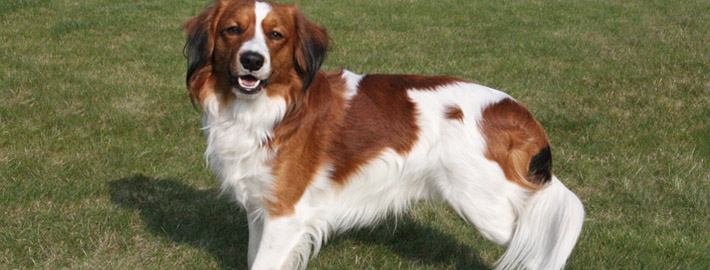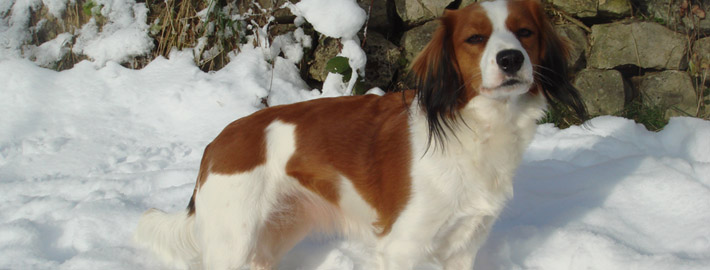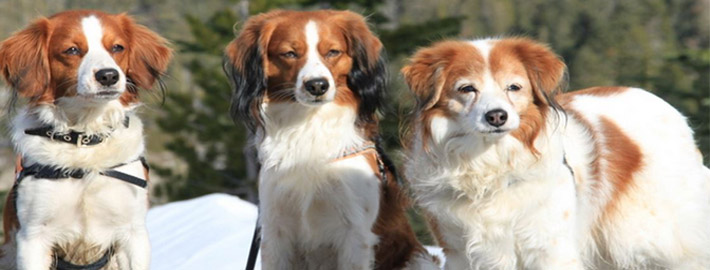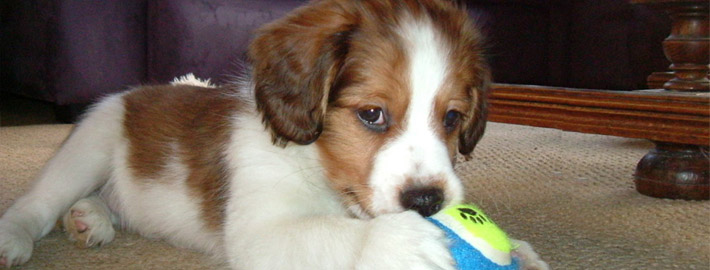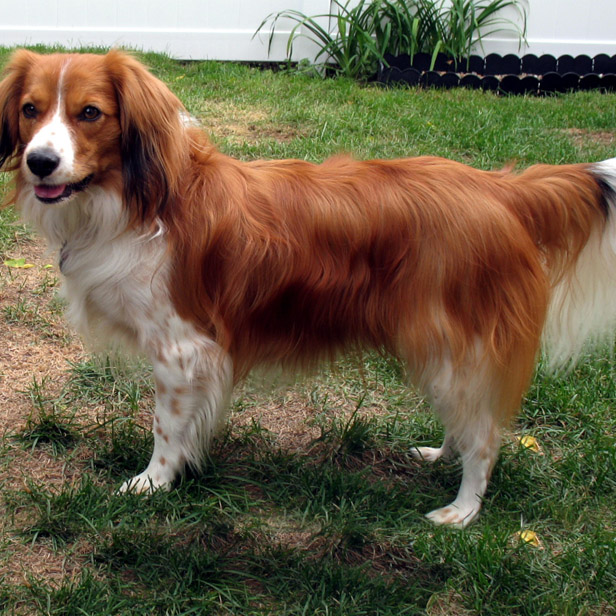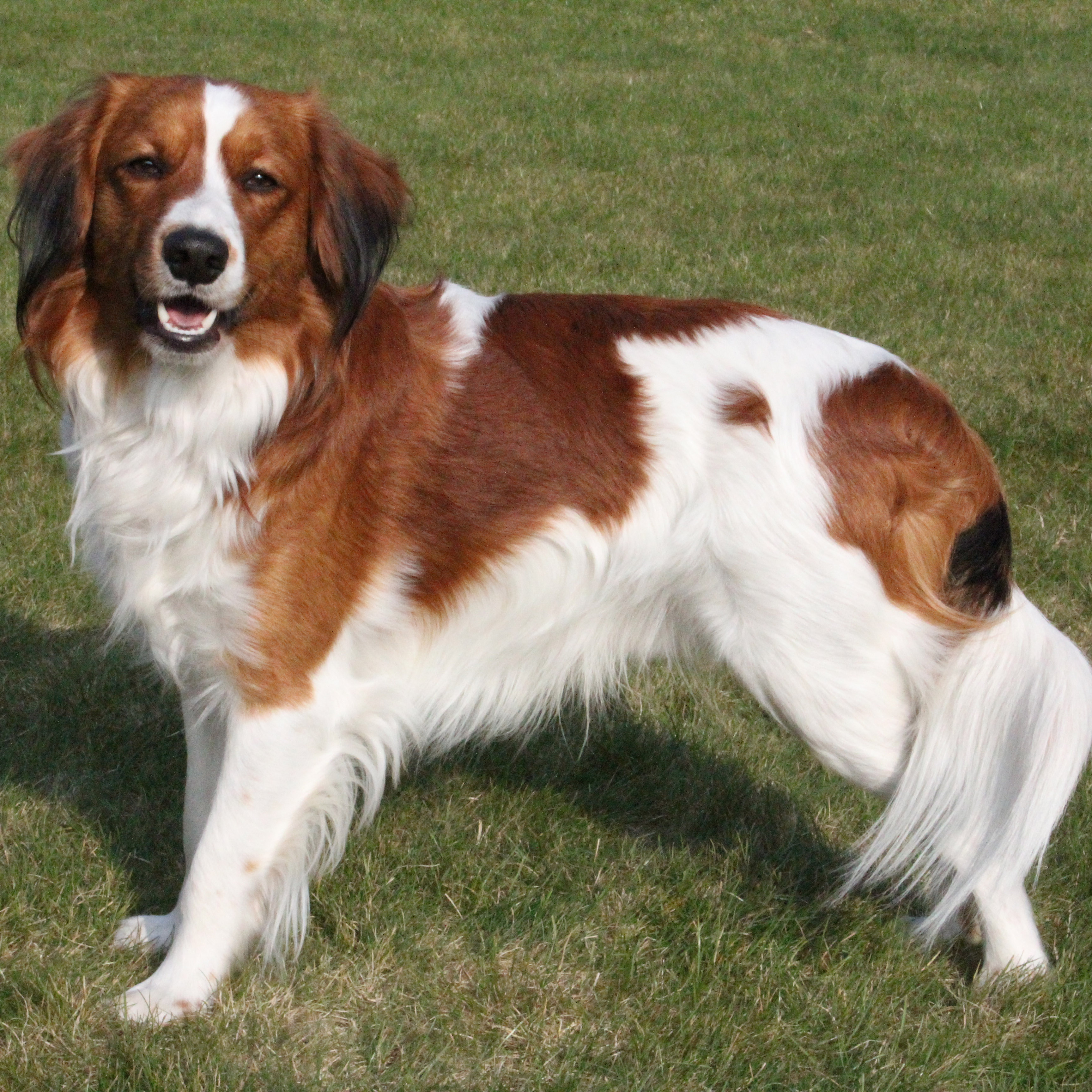What makes the Kooikerhondje Unique?
This good-natured hunting dog breed makes an affectionate family companion. Suspected to be an ancestor of the Nova Scota Duck Tolling Retriever, he hails from Holland and was used to lure ducks into traps for hunting or tagging. He still serves as a hunting dog, but also excels at other dog sports such as flyball.
Breed Groups
Page Contents
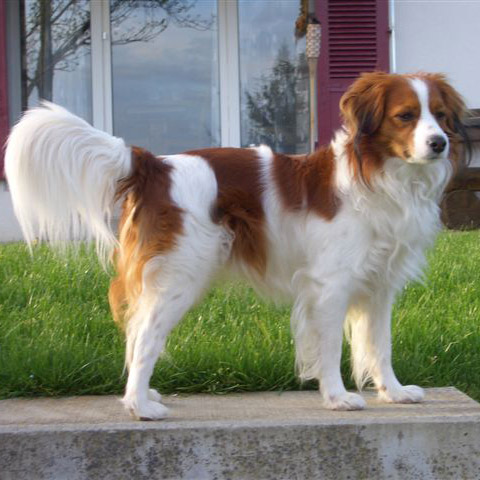
SnapShot
Is the Kooikerhondje Right For You?
If there’s one word to describe the average Kooiker, it’s “friendly”–provided that the Kooiker knows you well. Kooikers tend to be extremely reserved with people or animals that they don’t have experience with, which can sometimes lead to problems with barking or other antisocial behaviors. Once the Kooiker has had the opportunity to make your acquaintance, however, the dog will enthusiastically greet you, be entirely willing to learn from you, and will soak up any attention that you’re willing to give (with a few exceptions, as we’ll see.) Unfortunately, Kooikers don’t have nearly the same enthusiasm for getting to know other dogs or cats, and won’t always take well to other animals that they haven’t known from an early age.
In 5 Words
- Intelligent
- Active
- Quiet
- Cheerful
- Friendly
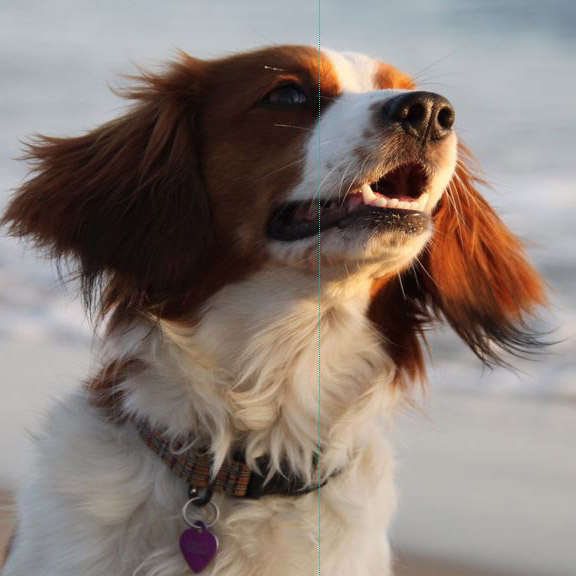
Characteristics
Learn About the Kooikerhondje
Description
General Description
The Kooikerhondje is a medium-sized dog, similar in size and appearance to a spaniel. The Kooikerhondje’s coat is somewhat thick, is of medium length, and is for the most part bi-colored with white and chestnut red being the most common color type. The Kooikerhondje’s most distinctive physical features are the black tips of its long, feathered ears, known as the earrings. The longer the earrings, the more desirable the dog for breeding and showing purposes. In addition, the Kooikerhondje’s legs are often moderately feathered, while its tail is ideally heavily feathered with white fur. Its muzzle is fairly thin, like a spaniel’s, and ideally forms a perfect “scissor jaw” with the upper teeth only slightly overlapping the lower teeth. The Kooikerhondje’s eyes are dark and tend to have an alert expression.
Size
Kooikers are 14-16 inches tall and weigh 20-35 lbs. The body is square. Ears are long and pendant with feathering colored black at the tips (called earrings). Tails are densely feathered.
Coat
The coat is thick, water-repellent and medium long. It can be slightly wavy or straight. The undercoat is dense. The bi-color coat is white and chestnut. Weekly brushing will keep the coat neat.
Short History of the Kooikerhondje
Kooikers have existed in Holland at least as far back as the sixteenth century, judging from the breed’s memorable appearance in many Dutch paintings of the period. Kooikers were bred as duck decoys, used for trapping live waterfowl by attracting them with their bushy tails, leading them along the banks of a canal, and finally drawing them into a catching pen where they could be sold at the market.
Unfortunately, the Kooiker became much less useful as duck decoys became increasingly unpopular, and by 1939 only about twenty-five Kooikers were thought to still be in existence. Due to the efforts of eccentric dog breeder Baroness von Hardenbroek, the Kooiker made a spectacular reappearance, and the breed was formally recognized by the Dutch Kennel Club in 1966. The Kooiker remains rare in North America, but efforts are being made to popularize the breed.
Temperament
Cheerful, good natured, friendly, quiet, well-behaved, and alert; those are terms that are used to describe the Kooikerhondje. Depending on its domestic environment, it is kind, happy and lively. They are also intelligent, attentive and more than willing to please their owner. The Kooikerhondje adapts to situations rather quickly, changing his behavior from quiet to lively when the situation allows him to be. He will not always immediately like strangers, instead choosing to retreat. But once he warms up to someone, the trust will be there for the rest of his life. The Kooikerhondje can make a fine apartment dog if exercised regularly, but a fenced yard will be more ideal. He has a medium energy level, yet is usually quiet when indoors.
Caring for Your Kooikerhondje
General Health
Kooikers have good appetites and a tendency to put on weight easily. Their life span is 12–14 years. As Kooikerhondjes have a small genetic base, hereditary diseases were somewhat prevalent earlier. These include:
- von Willebrand’s disease, a blood clotting disorder
- Cataract and other eye diseases
- Patellar luxation
- Hereditary Necrotising Myelopathy (ENM) a fatal neurologic disease
Today (due to a lot of hard work in the national clubs) most Kooikers used for breeding are free from von Willebrands disease (most national clubs require both male and female dogs to be free from this disease to be allowed to breed). Patellar luxation is not major problem in most countries at the moment, but is kept under a close watch to prevent it from becoming a problem again. In the Netherlands, eye tests are available and all breeders breeding according to the breed club’s rules have to test their dogs. Only dogs that are free of eye diseases are allowed to be used for breeding. Carrier to Carrier should never be done as the risk of this fatal disease is high. Puppy purchasers should inquire about the ENM status of the parents.
Grooming & Bathing
Their long coat does require a good brushing with a standard dog brush about once a week during most of the year, with more frequent brushings during the shedding season. This is mostly done just because of the Kooiker’s longish hair, usually not to get out any excess dirt or other dog messes. As a result of their genetic heritage as duck decoys, Kooikers have a naturally waterproof coat which repels most of the dirt and much found on other breeds.
Exercise & Training
Because the Kooikerhondje is primarily a hunting breed, it loves outdoor life and need regular exercise to keep it happy. It needs to be taken on a daily long walk or jog. Be sure to have a safe fenced-in yard for this breed. The Kooikerhondje loves to run free, but it is not recommended for it to run free in an unsafe area. It must have a fenced in yard, as it may see an animal and chase it. Traditionally, when not luring ducks into traps, the Kooikerhondje kept watch of premises and busily worked to hunt down rats, moles and mice. For this reason, Kooikerhondjes have an almost tireless need to keep busy and have active minds that require stimulation. The last thing you want is a bored Kooikerhondje. Boredom will drive them to invent “work” and you may not appreciate what they come up with. On the positive side, their keen intelligence and high energy levels allow them excel at agility, obedience and hunting.

